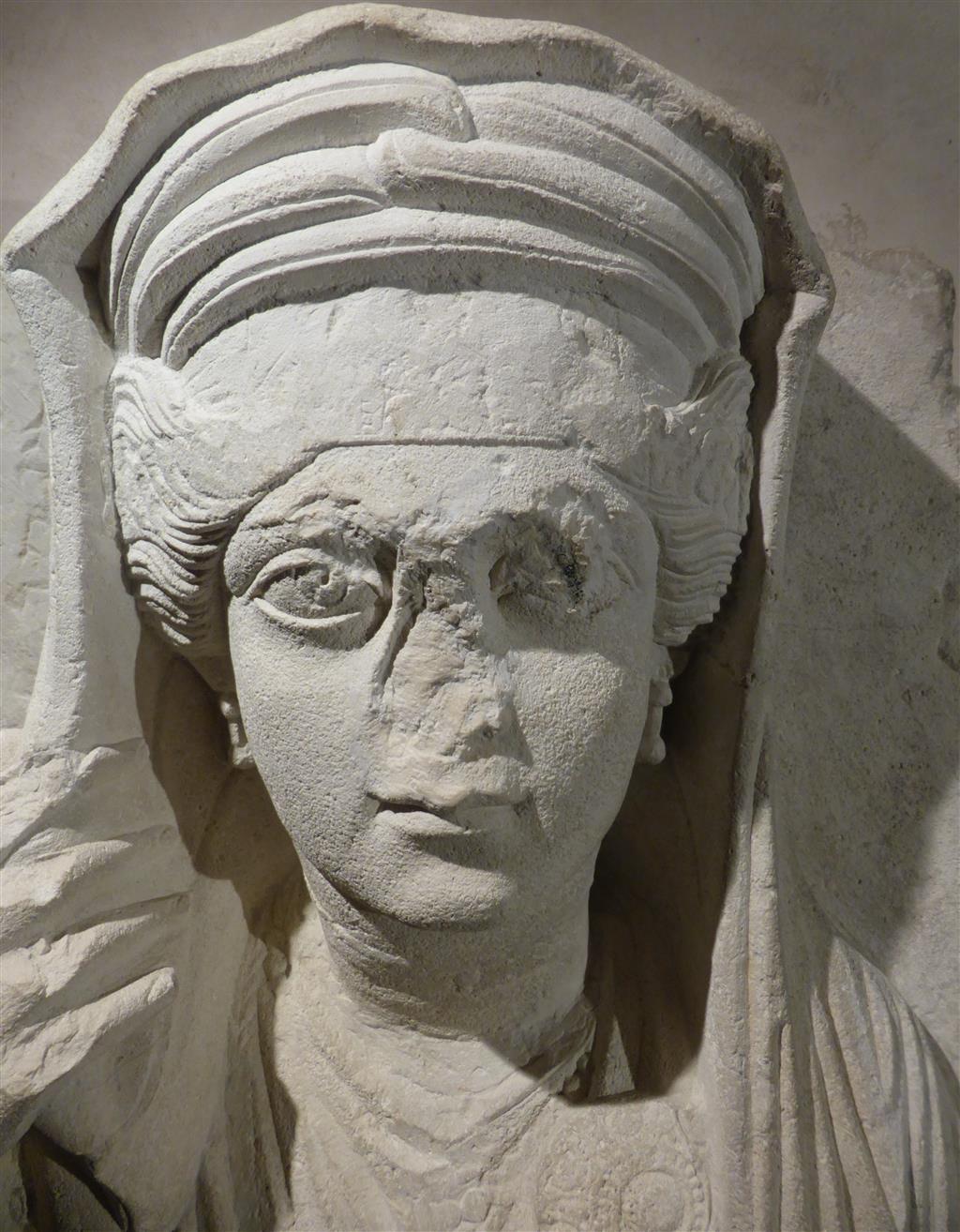The Circular Economy and Urban Sustainability in Antiquity project at the Archaeological Institute of America’s Annual Meeting
The Circular Economy and Urban Sustainability in Antiquity project hosted a workshop session at the Archaeological Institute of America’s virtual Annual Meeting on 7 January.

By Assistant Professor Olympia Bobou.
Circular Economy and Urban Sustainability in Antiquity, funded by the Augustinus Foundation and the Carlsberg Foundation, hosted the workshop session “Circular Economy and Urban Sustainability in Antiquity: Comparative Perspectives from the Ancient World with a Point of Departure in Palmyra” at the Archaeological Institute of America’s (AIA) 2021 Annual Meeting on 7 January. The workshop was organised by UrbNet Centre Director Professor Dr. Rubina Raja and Assistant Professor Dr. Olympia Bobou.
Rubina Raja’s paper on “Circular Economy and Urban Sustainability in Antiquity: New Perspectives on Ancient Material” opened the discussion and offered an introduction to the Circular Economy and Urban Sustainability in Antiquity project. Based on the immense amount of data collected by the Palmyra Portrait Project since 2012, Rubina Raja gave examples of how such data can provide new insights into economic and urban mechanisms. Iza Romanowska’s presentation on the environmental Kuznets curves (EKC) explored how archaeology can contribute to the discussion on EKC, with Palmyra as a case study. The presentation by Julia Steding showed how the diversity and option of choices available to Palmyrene sculptors and customers affected the organisation of Palmyrene economy. Nathalia B. Kristensen’s paper offered a reappraisal of the chronology of Palmyrene coins, thus determining and refining their production period.
The presentation by Nate Andrade explored the economic aspects and the sustainability of keeping goats in Palmyra. Even though they left no material trace, their products left a mark in the epigraphic record and had financial value. The economic and ecological impact of their husbandry and consumption have yet to be investigated. Olympia Bobou’s presentation explored the reuse of tombs in Palmyra, and the trends revealed by the cession texts.
The workshop succeeded in its aims to stimulate discussion on how best to utilise the information of historical and archaeological evidence in order to trace economic patterns and urban sustainability in antiquity, while the case studies presented gave new insights to the relationship between material culture and urban sustainability. The concluding discussion opened new avenues of enquiry, highlighted how multiple sources and proxies need to be utilized in order to examine Palmyrene sustainability and economic growth and decline, as well as the importance of interdisciplinary dialogue.
For more on the Circular Economy and Urban Sustainability in Antiquity project: https://projects.au.dk/circulareconomy/about/
